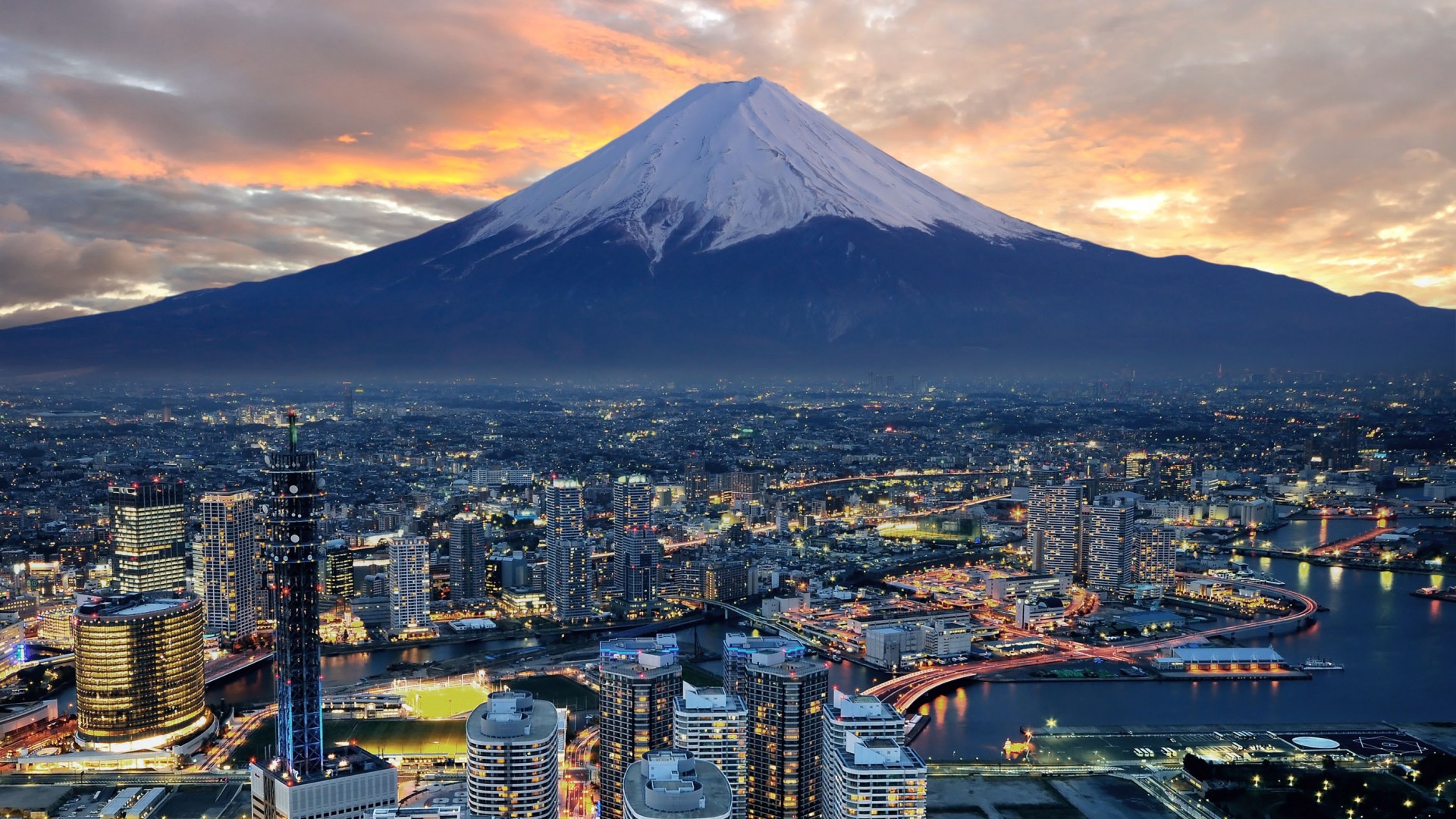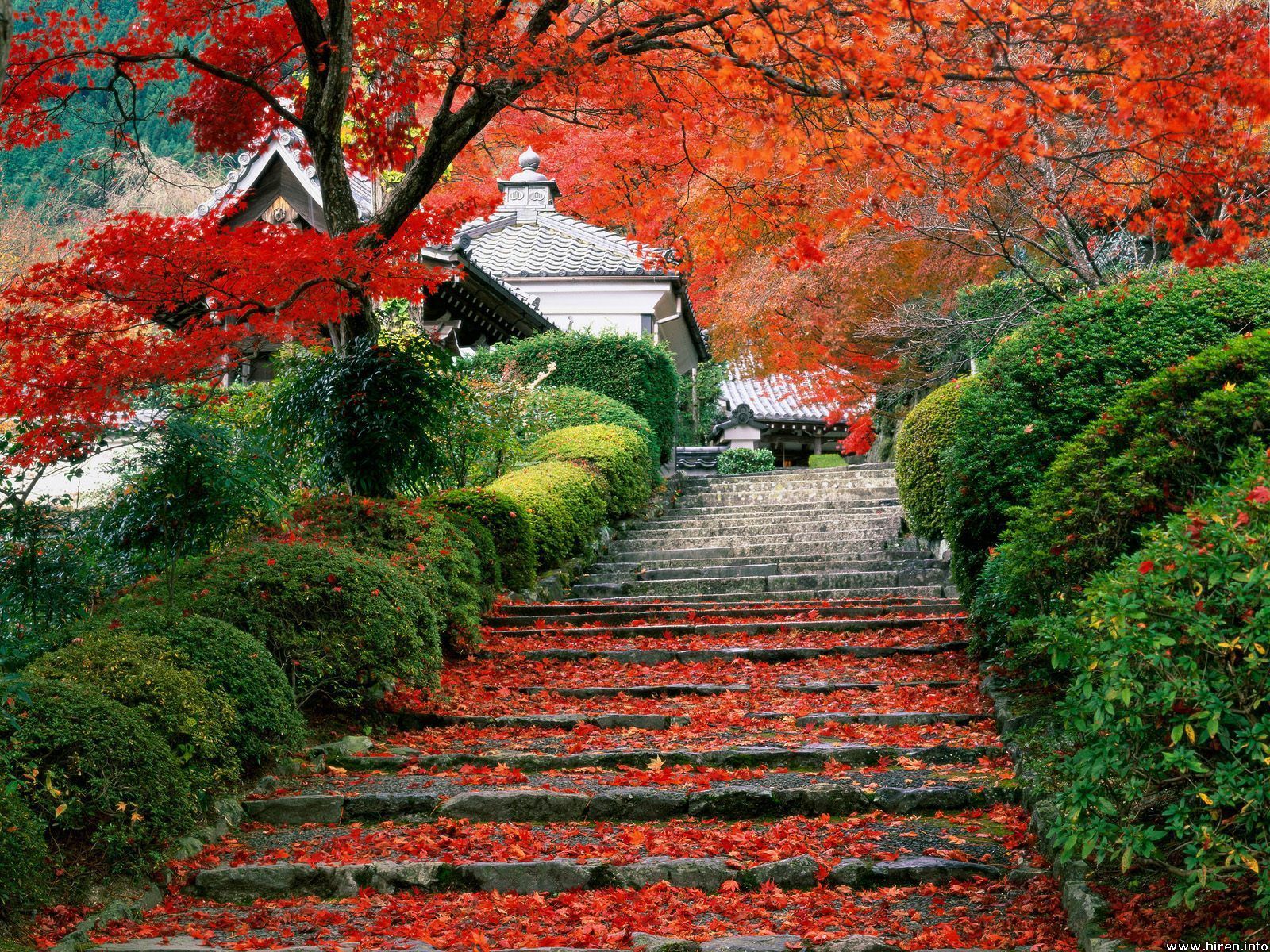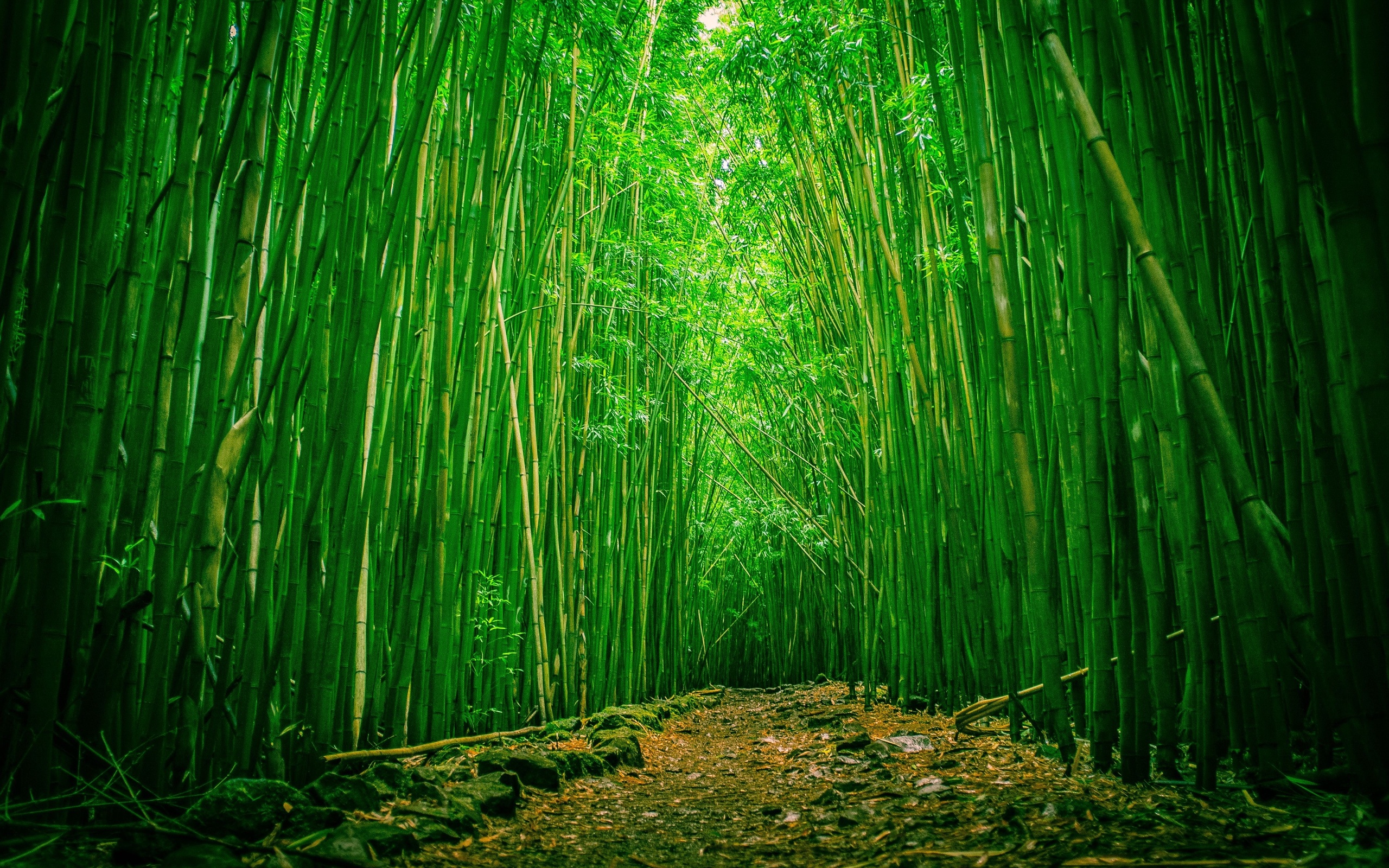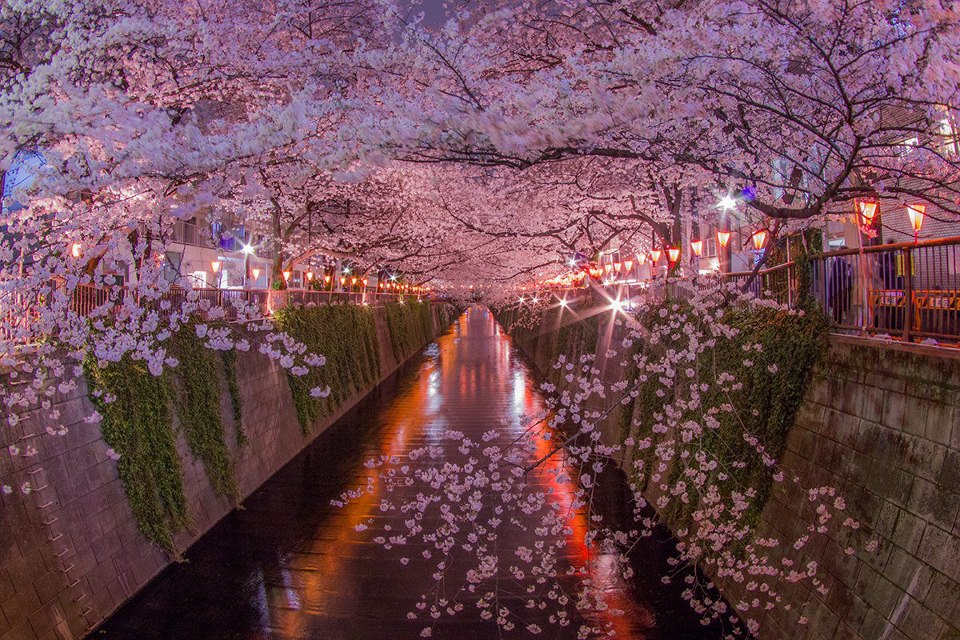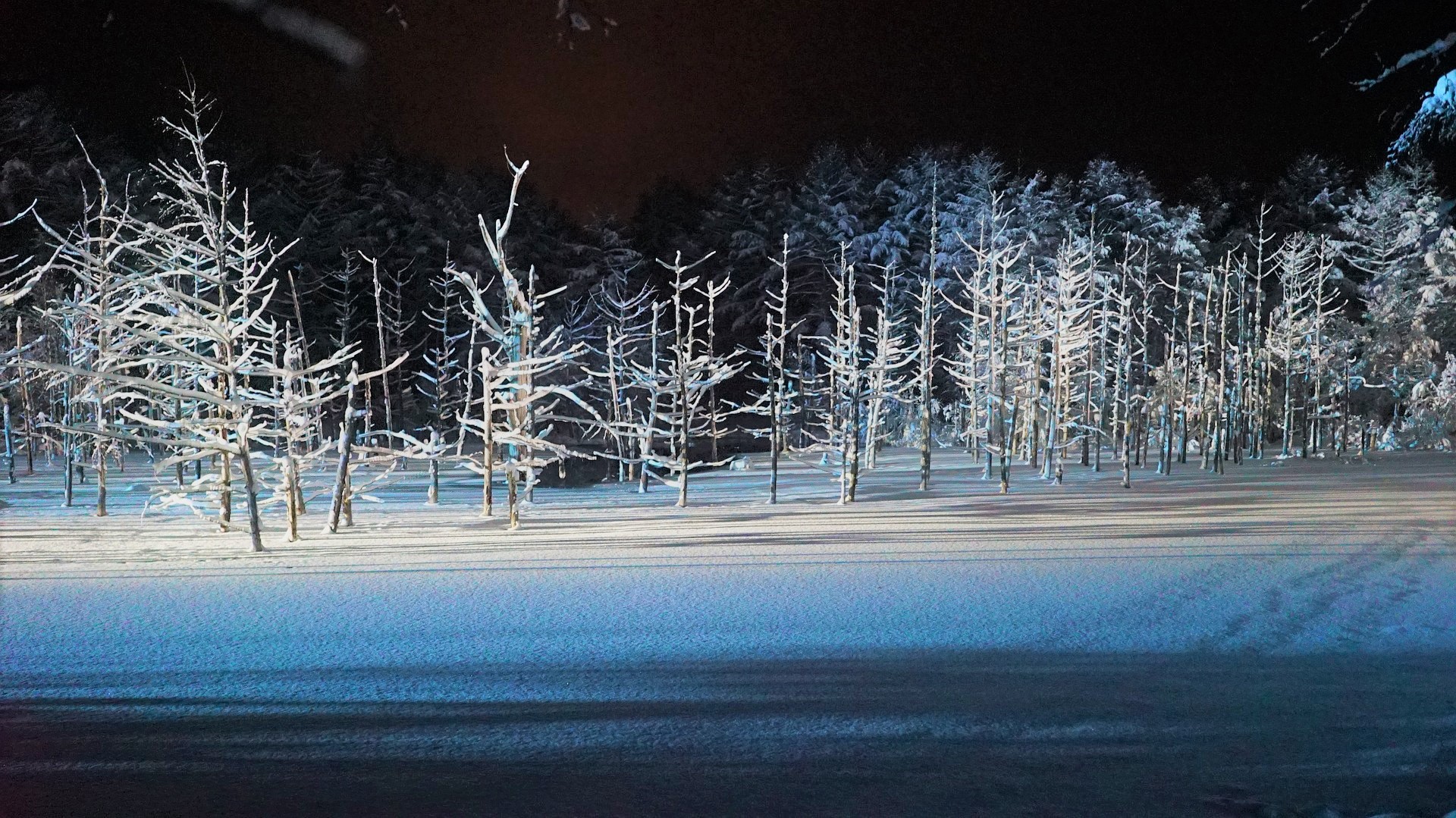It’s no exgaggeration to say that cherry blossoms, also known as sakura, are Japan’s national passion. But why? How did Sakura rise to become Japan’s national symbol? How did hanami become the country’s favorite past time?
Plum Blossoms are too cold
Like so many things, it all started in ancient China. Since antiquity, plum blossoms have been a symbol of winter and a harbinger of spring in China. This appreciation for plum tree made it’s way to japan through contacts at the diplomatic level (between imperial courts).
As early as the 8th century, Japan’s emperor held lavish plum blossom viewing parties each year. The only problem-plums typically bloom in February. Japan’s February weather is far too cold for a flower viewing party.
Sakura trees are indigenous to Japan. By the 9th century (Heian Period) sakura were more popular choice for flower viewing. Sakura bloom in pleasant spring weather.
Over the years, sakura trees have been selectively cultivated that are likely to bloom with the start of the Japanese spring.
From the emperor to samurai
It did not take long for sakura viewing parties to trickle down from the Emperor to Japan’s feudal lords. Even the samurai got in the act.
Hanami and the People
Hanami parties really took off in the Edo era. The Edo-Era was a long period of relative political stability and economic growth in Japan. Reads were built, farms became more productive and limited international trade flourished.
